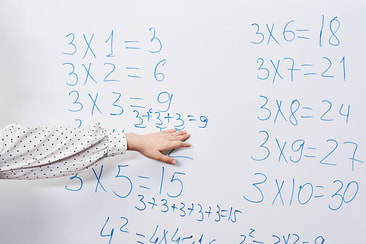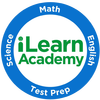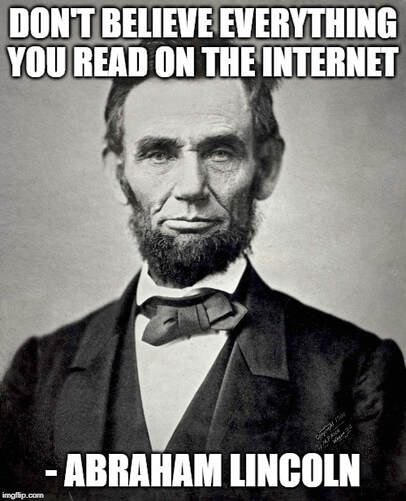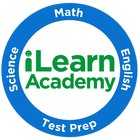 I’ve heard it a hundred times: “I don’t like history. It was really boring in school.” As a history graduate student and professional tutor, I have worked for over a decade trying to engage students in social studies. The majority of young people had studied under over-stretched teachers (who were often primarily athletic coaches rather than history educators), and the dry focus on names and dates instilled in them a boredom with history and a belief they were "not good at it.” However, we know that studying history correctly – in addition to being inspiring and fun – gives us the tools we need to be wiser voters, consumers, and community members. So, how can we reverse the trend of disinterest in history? How can we change student's perception of history from a dry school subject to be endured for a semester and forgotten into a lifelong cultural hobby applicable to art, politics, religion, and science.
 Engage the senses. Our forebears enjoyed five senses just like we do. The internet is full of old recipes and vendors who sell traditional foods; you can try hardtack while studying the American Civil War, or go out for hot dogs while discussing the Great Depression. Take a family trip to a costume store and try on historical outfits. Listen to period music when reading about events or driving to historical sites. (Period music is especially easy to find on YouTube.) Multisensory engagement is the next best thing to a time machine! Individualized tutoring can help break through. At iLearn Academy, we have multiple historian tutors who love to help bored social studies students improve their grades while finding a new joy in studying the past. Give us a call or email if your student needs help with that social studies test or AP History exam.
0 Comments
 I have taught K-8 math for over 20 years, and when students come in knowing basic arithmetic facts (simple addition and subtraction, multiplication tables, etc.), I can bring them up to grade level in no time. While parents may think of algebra or geometry as difficult subjects for students, the hardest instruction is always teaching basic facts to primary grade students. I am not just talking about rote memorization or letting students rely on their fingers or count backwards for subtraction facts. Teaching basic fact skills requires careful planning, with the goal of developing automaticity through learning, repetition, and practice. Knowledge of math basics provides a foundation for more complex computations. Understanding numbers and developing mental strategies are important factors for math fluency. If students forget an answer, they can use their basic strategies to retrieve it. Students who merely memorize cannot do this.  Mastering these basics takes time. In most K-5 classrooms, basic fact instruction is a routine part of the school day, but with in-person schooling disrupted this past year, students face reductions in teaching time. Now more than ever parents must supplement schooling with math repetition and practice at home. Simply telling a child to “go study” is far less effective than getting involved. Play basic fact games together! You can find many teacher-made games. Traditional games, like Monopoly and Yahtzee, also involve basic arithmetic if you let your student be the “banker” or score-keeper. Use manipulatives such as beans, cups, and coins when teaching doubling, division, skip-counting, money, time, etc. If you need more suggestions or encouragement, please feel free to ask us. Basic fact fluency is foundational for understanding higher math. Teaching students the basics takes time, but with creativity and purpose, we can make it fun and rewarding for them. |
Categories |
We make a personal commitment to ensure each student is well-prepared for the academic school year.
Dedicated to helping your student succeed.
©
iLearn Academy 2019


 RSS Feed
RSS Feed
